A Financial Plan for Small Business
The most commonly reported cause of failure for small businesses in America is under-capitalization. In common terms, this means not having enough money to operate properly. Forbes reports that running out of cash is the primary reason why the vast majority (80%) of small businesses fail within the first eighteen months of operation.
The good news is that if your small business survives the first two years, it has a chance to become a very successful business and be viable for many decades. Some family-owned small businesses have been passed down through multiple generations and remain successful for a very long time.
Increase Your Chances for Success
The question then becomes how does a small business increase the odds of success? The key is to manage cash flow and have a financial plan for the small business.
The financial plan is part of the overall business plan. Some would say it is probably the most important part. It also serves as a stand-alone document and in order to be most useful, it requires constant updating. At a minimum, the financial plan should be reviewed quarterly; however, for start-ups, it can also serve as a monthly budget and be reviewed at the end of each month to check to see if the business is on target with its success goals.
The financial plan includes extensive use of spreadsheets to show the accounting items that are needed to guide the financial efforts for the business.
The financial plan includes:
- A balance sheet.
- An income statement.
- A cash flow statement.
- Calculations of useful financial ratios, such as break-even, liquidity, working capital, accounts payable/inventory turnover, and debt ratio.
If you are a sole proprietor, operating your small business out of your home, or have a very tiny small business, your financial plan for the business and your personal financial condition will be highly dependent on each other. In such a case, your personal financial statement is the basis for the support of the business.
Summary
A financial plan for a small business is one of the most important tools for a business owner to use to track what is happening and guides the business towards success. Do not be intimidated by the need to create and regularly update a financial plan to guide your small business. If you have questions please contact us at The McLinden Group.

What You Need to Know Before Selling Your Business
As a business owner, you’ve worked hard on your investment and its growth. It’s becomes a part of how you think, react and move forward. You may be in a position where selling the company may be an attractive option. If that’s the case, there are a few things you should know. Here are a few tips to help seal the deal.
Educate yourself, knowing the process is key. You must learn about mergers and acquisitions, how businesses are valued, and steps to take that will maximize the value of your brand. You should be well-versed on confidentiality, engaging buyers, the Offering Memorandum, management meetings, negotiation and deal structure, Letter of Intent and Term Sheet, due diligence, and the closing process and all relevant documents.
Invest in Company Valuation, the valuation process is very important - don't neglect it. This may be costly, but the advice and knowledge gained will be invaluable.
You’re selling your business, so you need to show potential buyers what they are getting. It’s all about presentation, so be thorough and use the Offering Memorandum to showcase the best of your business.
Use a third party, and Non-Disclosure Agreements to make sure all information is kept confidential.
Negotiate right. You’re negotiating the deal, not the price. Make sure everything is in order, and most of all, remain transparent.
Growth Strategies in Business
Did you know that businesses are like different plants and trees, in that they have different growth strategies that make them thrive? Some plants and trees like to be heavily watered, and to be planted in the full sun. Others prefer to have less water, be planted in land that drains well, and grow better in the shade. The growth strategies of businesses are just as varied and there is no “one-size-fits-all.”
Their are different types of growth strategies that a business can implement for the greatest effectiveness.
The basic types of growth strategies include:
- Market Penetration
- Market Expansion
- Product Expansion
- Diversification
- Acquisition
Market Penetration
This is the zero–sum game. That means the expansion of one company in a particular market comes at the expense of the other companies in that market. When one one company expands, the other companies lose market share. This is the most common form of competition and this growth strategy is limited by the total market that already exists.
Market Expansion
This is a different strategy and is characterized by the old saying, “a rising tide lifts all boats.” If the total market is expanding, then any participants who are selling to that market should see an increase in sales. Occasionally, a company can create a new market expansion through innovation.
Diversification
This growth comes from a company that is well-known in a marketplace offering related products to another marketplace. As an example, a company making drills can expand into the sale of branded drill bits that are recommended for use with their drills.
Acquisition
Expansion through acquisition comes from one company buying or merging with another.
Growth in business is critical to increase shareholder value and keep a company viable in a particular market sector. Most established companies maintain a growth strategy that includes most, if not all, of these types of growth opportunities.
Have an Exit Plan Before You Need It
Remember the cartoon character called “Snagglepuss,” who had the catch phrase of “Exit, stage left!” Well, if you are not old enough to remember this cartoon, here is the YouTube video of this catch phrase.
It is am ample metaphor for the need experienced by every business owner to consider how to exit the business as part of the long-term strategic planning. Nobody lives forever and the exit strategy for a business is almost as important as the success strategy that made the business worth something. There are many considerations and good reasons to have a business exit plan.
How to Cash Out and/or Leave a Legacy
It is best to plan for a business exit much earlier than might be expected before there is an actual need for it. Think of the business as having a life of its own. It is important for a business owner to make plans for either the continuation of the business after they are gone or retired or to “cash out" and sell the business at the appropriate time.
Cashing out is a popular option that comes from:
- An Initial Public Offering.
- Sale of the business to others.
- Liquidation of the assets to the highest bidder.
Continuing the Business is more challenging and includes:
- Making provisions for the inheritance and the transfer of ownership of the business to other family members.
- Using the provisions of a sudden-death buy-sell agreement to sell your interests to your business partner(s).
- Leaving a legacy (which may be in name only) that provides benefits for future generations.
Summary
Whether the business exit strategy is an end of the business or is the continuation of the business legacy depends on making the appropriate plan well in advance of the need for it. Seek competent legal, accounting, and business consultation for making such plans and start ahead of the time that it is obvious that they are necessary for the best results.

What to Look for when Hiring a Consulting Firm
Businesses that hire consulting firms are likely to experience a surge in new opportunity and insight if they hire the right company to help the through the process. Consulting firms provide information, guidance, industry knowledge, and incredible, customized help for companies. Yet, it’s essential to choose a firm that’s the right fit for your organization.
Bart Mroz, the CEO of SUMO Heavy, wrote in Entrepreneur.com that consultants offer a way to solve problems within an organization whether that’s to provide an unbiased opinion on an important decision or a way to achieve a goal without high costs.
To achieve this, the companies need not just any firm, but the right one. The right one is:
- Experienced – Which is usually evident right in the pitch they give.
- Successful – They should have an easy-to-see track record of success.
- Affordable – While companies shouldn’t look for inexpensive, they should offer a reasonable cost structure that the firm an afford.
- Added insight – Beyond the basics, why does this firm stand out from the others?
- Communication – Simply, they have to be able to communicate with upper management and team members on the floor.
There’s no doubt there’s value in bringing in a consulting firm, one that can open the door for new opportunities. Yet, companies need to do a bit of research about any organization to ensure they are a good fit for the company, their goals, and their operating budget. Taking these steps can ensure the best possible outcome.

